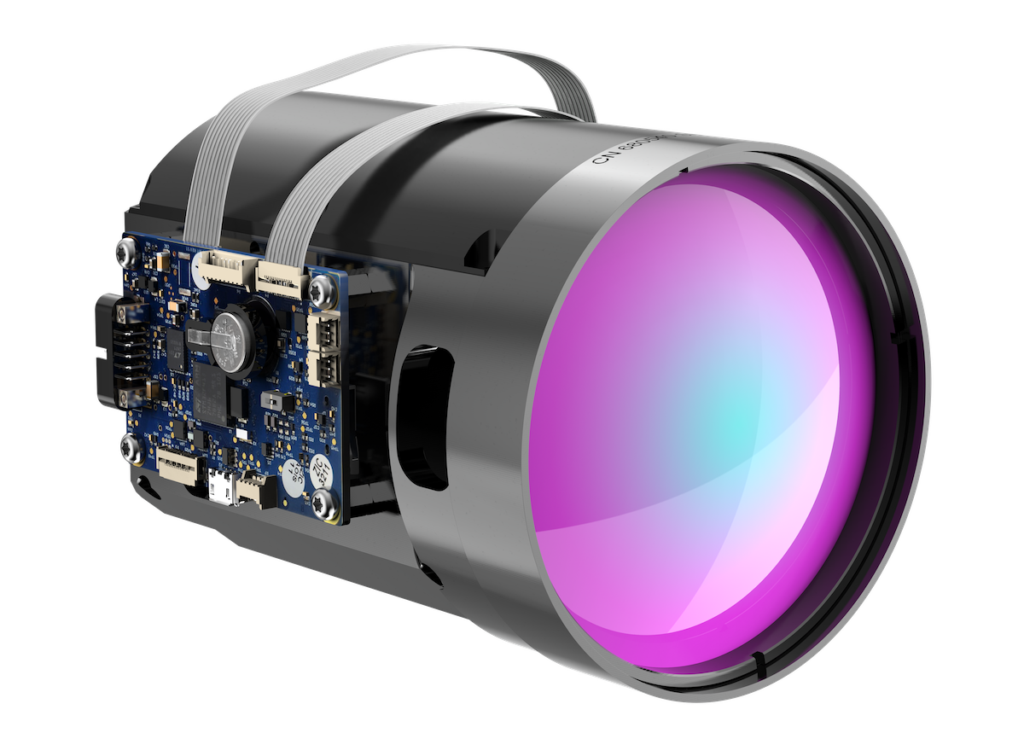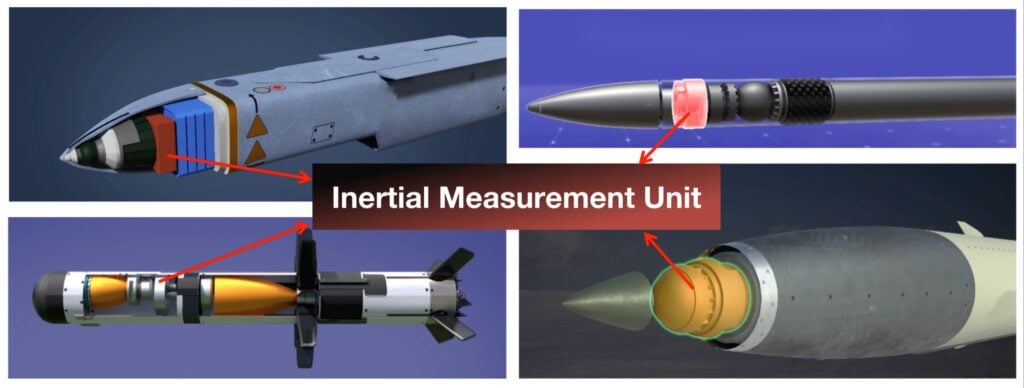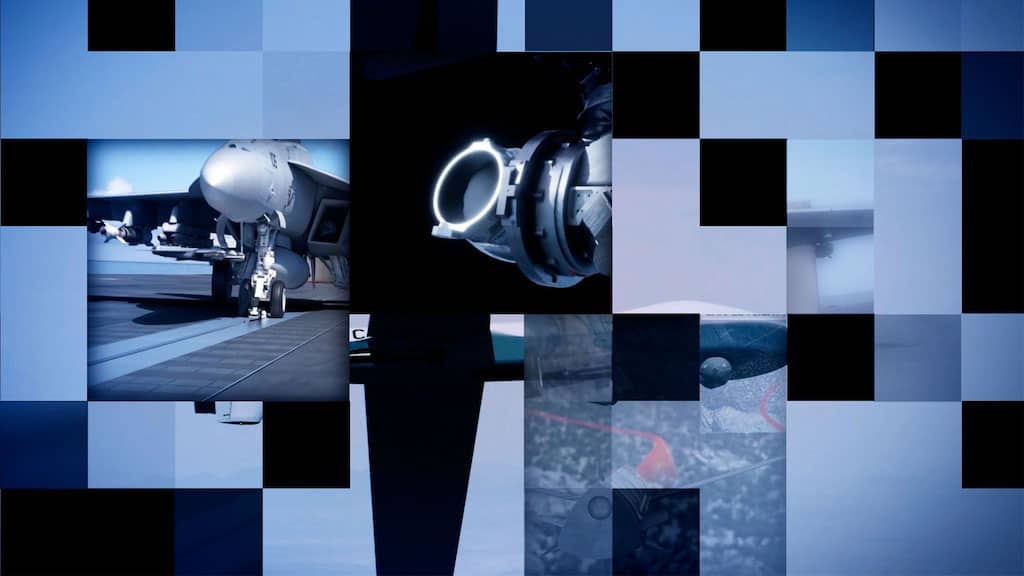
Discover Leading Defense Technology Solutions
Discover cutting-edge solutions from leading global suppliers
Sierra Nevada Corporation (SNC) has concluded a successful two-year on-orbit research mission for the U.S. Air Force Research Laboratory (AFRL) which saw the largest unmanned, self-supporting structure ever put into orbit – over the size of a football field when fully deployed.
The mission utilized SNC’s Demonstration and Science Experiments (DSX) spacecraft in Medium Earth Orbit (MEO), and resulted in research and technologies that advance potential future deployment of Department of Defense (DoD) spacecraft in the harsh radiation environment of MEO.
“DSX was a successful mission for both SNC and AFRL,” said Fred Rost, senior director of SNC’s Space Mission Systems business unit. “Through DSX the team performed more than 1,300 experiments, significantly contributing to our understanding of how to build spacecraft capable of reliably operating in the harsh environments of MEO and GEO for DoD and other important national security space missions. This was a great success for SNC, AFRL and the nation.”
The DSX spacecraft launched June 25, 2019 from Cape Canaveral Space Force Station with the primary mission of exploring the complex relationship between very low frequency radio waves and the Earth’s radiation belts found within MEO.
Results of the DSX experiments enhance the DoD’s capability to field space systems that provide persistent global space surveillance and reconnaissance, high-speed satellite-based communication, lower-cost GPS navigation and protection from space weather and environmental effects on a responsive satellite platform.
The three successful DSX physics-based research/experiment areas include:
- Wave Particle Interaction Experiment (WPIx) – researching the physics of Very-Low-Frequency (VLF) electromagnetic wave transmissions through the ionosphere and in the magnetosphere, characterizing the feasibility of natural and man-made VLF waves to reduce and precipitate space radiation.
- Space Weather Experiment (SWx) – characterizing, mapping and modeling the space radiation environment in MEO, an orbital regime attractive for future DoD, civil and commercial missions.
- Space Environmental Effects (SFx) – researching and characterizing the effects of MEO weather on spacecraft electronics and materials.
Collectively, 13 individual payloads combined from these three research areas onto a single platform, DSX, which provided a low-cost opportunity for AFRL due to common requirements.
“We will be working the science from this mission for the remainder of our careers,” said Dr. Robert Johnston, the principal investigator on the science side of the DSX team.
“DSX’s contributions in understanding the environment of space are profound to our nation and the DoD.”
























